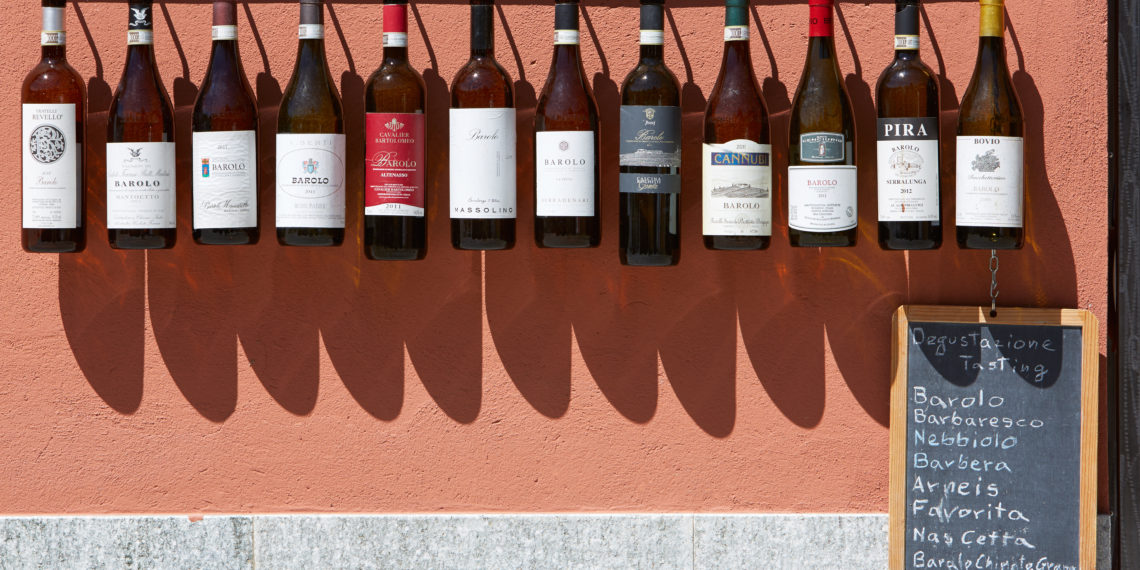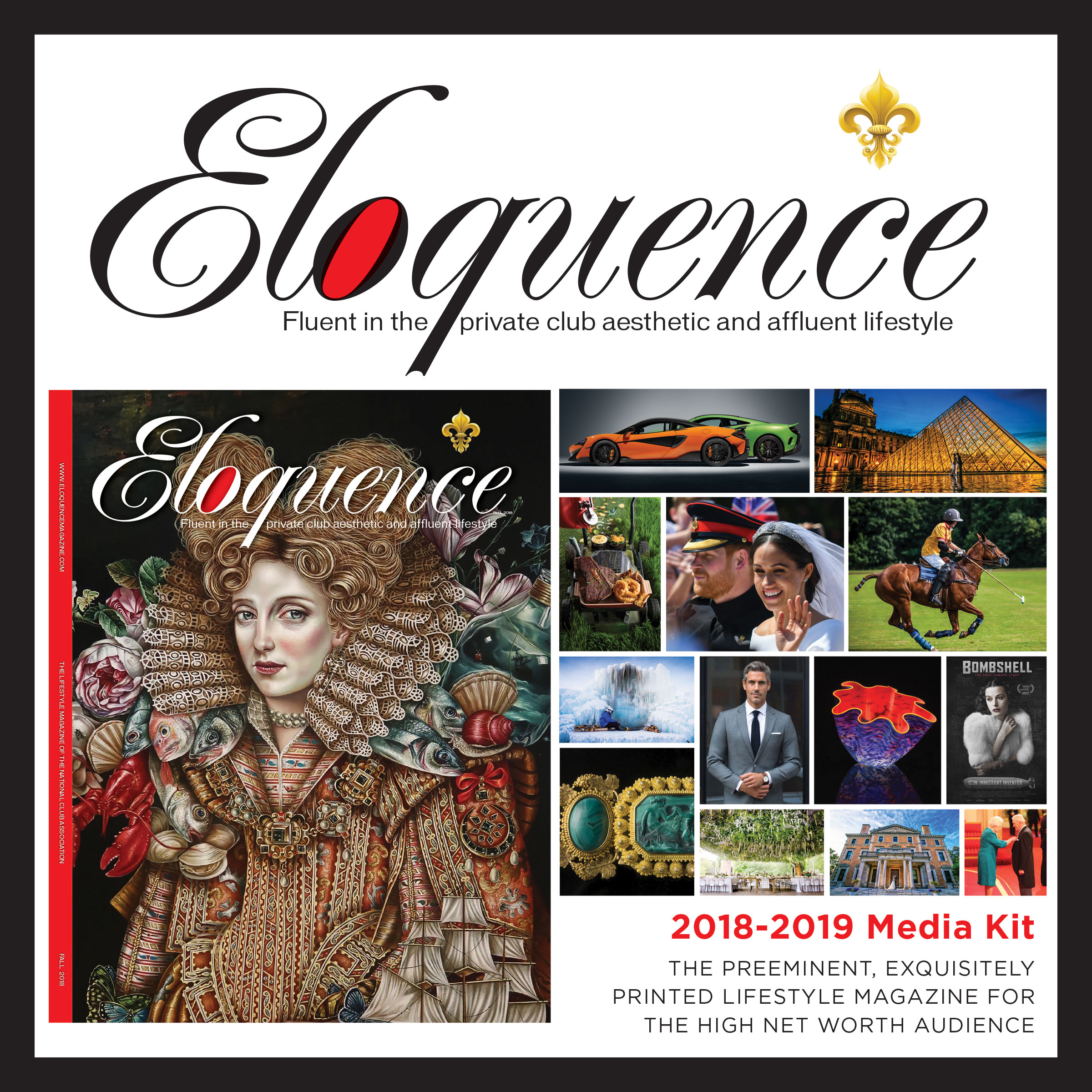By Diego Meraviglia, Master Sommelier
Italy is the country with the highest bio-diversity in the world due to its unique and peculiar environment, geology, climate and location. Its wine grapes do not fall short of this very fact.
More than 1,300 native varietals are found in Italy alone. In the vast realm, there is a set of grapes, both white and red, that are largely considered by the trade as being “noble.”
What exactly is a “noble varietal?” It’s a grape variety with the intrinsic capability of producing wines that are complex, deeply flavored, intense, structured, with great aging potentials over other varietals and the capability to seduce and attract wine lovers worldwide. Syrah, Cabernet Sauvignon, Merlot, Tempranillo, Pinot Noir, Aglianico, Sangiovese, Chardonnay, Sauvignon Blanc, Vermentino are just a handful that fit this category. Nebbiolo is often said to lead it.
The Noble Nebbiolo
Nebbiolo has a set of characteristics given to it by mother nature that make it a perfect candidate for great red wines. These characteristics include a thick skin, late ripening, a sensitive predisposition to terroir (environment) and a richness of elements.
Although poor in color, which is found in the skin of grapes, (Nebbiolo wines are commonly lighter colored than other red varieties), the thick skin of Nebbiolo allows this varietal to pack its wines with the other substance we extract from the skins of grapes: Tannin ― and tannin is indeed a driving force behind Nebbiolo-based wines. These tannins provide power, structure and protection against the perils of time, allowing the wines to age for decades, as well as pack a serious punch in the palate and stand up to demanding food.
Often harvested in October and at times November, this very long growing period is the main factor that allows this grape to absorb the stimuli of nature and develop complex flavors, aromas and taste. Nebbiolo are never “simple or shallow wines.” From rhubarb to violets, tar, earth and bright maraschino cherries and tangerine, notes of cola, tea leaf and licorice are just a mere few of the aromatics given to us by this king of noble grapes.
Located in Southern Piedmonte, in the county of Cuneo, in a specific agricultural district called “Langhe” and right next to the town of Alba, are the 11 villages that make up the Barolo DOCG wine appellation
Mosaic of Nebbiolo
Nebbiolo, similar to Pinot Noir, has a heightened sensitivity to the micro changes and variations in the environment. The same grape planted in two adjacent hills, or on one side of the road to the other, can give very different results. This creates a mosaic of endless possibilities for flavor and makes Nebbiolo a prime candidate for the expression of the different personalities nature can possess. Never boring or predictable, with Nebbiolo you are always in for some degree of positive surprise.
Last but definitely not least, is its richness of elements, of “ingredients.” What elements specifically? Acidity, poly-alcohols (glycerol), sugars, terpenes and mineral salts. These in turn give it massive doses of freshness and backbone, mid-palate and thickness, alcohol, aromatics and, in the end, sapidity (sense of salt). All contribute to giving Nebbiolo wines a big structure and a full body.
Home Sweet Home
As with anything in life, the best things come with a hefty price tag. Nebbiolo’s price-tag is not only the one attached to the bottle on the store shelf, but its finicky and capricious nature and, most of all, its inadaptability to being planted in environments that it does not perceive as “familiar.”
Plenty of attempts have been made to replant Nebbiolo in North America, Asia and other parts of Europe ― most often with poor results. Nebbiolo reveals its complete nature and potential in a limited series of regions located almost exclusively in Northwestern Italy, the place it has called “home” for at least 2,000 years. Before that, we simply do not know. Proven by etymological research, historical accounts, DNA analysis and archeological research, the region of Piemonte is the headquarters and epicenter of this king of grapes. Specifically, three wine appellations can be highlighted as producing what are largely considered to be the best expressions of this varietal: Barolo, Barbaresco and Roero.
The Barolo Appellation
Located in Southern Piedmonte, in Cuneo County, in a specific agricultural district called “Langhe” and right next to the town of Alba, are the 11 villages that make up the Barolo DOCG wine appellation. Barolo DOCG is the name that goes on a label of wine if Nebbiolo is utilized 100 percent to make the wine, grown in these specific villages and following some of the strictest production regulations in the world.
In 1980, the wines of the Barolo area became one of the first Italian wines to receive DOCG status. It is considered one of the finest and longest-lived wines, often referred to as the “the king of wines” and the the Langhe, Barolo is a big, tannic expression of the Nebbiolo grape. It was the first wine in Italy to under-go the “zonazione” (single-vineyard identification and cataloging) in the 1970’s, with 1961 being the year the first bottles with an “extra name” appeared, namely Prunotto’s Barolo Bussia and Vietti’s Barolo Rocche di Castiglione. This started the movement that transformed Barolo into what can truly be defined as “Italy’s Burgundy.”
The soil of this area is a composition of clay and limestone called “marl,” which helps to lessen the naturally high acidity of Nebbiolo (as it contains calcium carbonate). Tanaro river flows through the heart of Barolo country and serves as a tempering influence on the region’s summertime heat until harvest time in late October/mid-November, as well as delineating the border between the two soils. A relatively small wine district, extending seven miles in length and five miles at its widest point, from altitudes of 656 feet to 1,814 feet, Barolo produces about 13,902,404 bottles of wine annually. Barolo can be produced only in 11 villages, but nearly 87 percent of the production comes from these five, which are the most important:
- Barolo (given name of the appellation)
- Castiglione Falletto
- La Morra
- Monforte d’Alba
- Serralunga d’Alba
Aristocratic Barbaresco
Barbaresco DOCG is the second most famous and celebrated wine appellation made 100 percent from the Nebbiolo varietal. If Barolo is the “king,” Barbaresco can be seen as the “queen.” Also made from the compulsory 100 percent Nebbiolo, it shares with Barolo the cult status as one of the finest wines in the world.
This aristocratic red was awarded its DOCG classification in 1980. Its vineyards are situated in the Langhe, on the right hand side of the Tanaro River and extending from the area northeast of Alba to the communes of Barbaresco, Nieve and Treiso, as well as San Rocco Senodelvio, once part of the Barbaresco municipality but now a part of Alba. There are a lot of similarities that Barbaresco has with it neighbor Barolo, but the majorly Tortonian (sandier) soils help fashion distinctly different wines. Generally less tannic, Barbaresco tends to be more elegant and approachable in its youth.
The Barbaresco DOCG regulation stipulates wines have minimum alcohol content of 12.5 percent and 26 months minimum aging of which 18 must be spent in wood; 50 months minimum for the Riserva labels. Being an even smaller zone then Barolo, producers in the region produce little more than 200,000 cases annually. The majority of Barbaresco production takes place in three communes: Barbaresco, Treiso and Neive.
If Barolo is the “king” of Nebbiolo wines, Barbaresco can be seen as the “queen.”
Grown on younger, sandier soils with less clay, these wines result in a more feminine and lighter character than its masculine counterparts of Barolo, requiring less age and maturation for optimum enjoyment. The vines are generally grown on looser limestone-rich marl soils at 650-1300 feet above sea level, on very steep, “prealpine” hills.
Geologically, it is interesting to note that the three villages of the Barbaresco DOCG have always been on land that was situated on the same side of the Tanaro river, which changed its course 250,000 years ago after tectonic activity and hence deviated around what today is the Barolo DOCG. Indeed, the dividing line between the two clear-cut soil types of the Barolo DOCG area is the ancient course of the river Tanaro before it shifted.
Microclimate-wise, Barbaresco has a slightly warmer, drier and milder climate than its neighbor. This means its grapes tend to ripen earlier than those in Barolo. As a result, the wines are less tannic and thus more accessible and approachable at an earlier age.
Barbaresco is characterized by its rich, spicy flavors and perfumed sweetness and is generally considered more elegant and refined than its counterpart, which is a more ro-bust and longer-lived red.
Oh, the Roero
Thirdly, we find the Roero DOCG appellation. Across the river Tanaro from both the Barolo and Barbaresco appellation,s the area of Roero has been an up-and-coming focus for the production of great quality Nebbiolo wines. Far more famous for the whites produced here from the Arneis grape variety, the reds have had little attention so far, but reveal an immense potential to become celebrated reds.
Roero is a hilly area situated in the northeasternmost part of the province of Cuneo, on the other side of the Tanaro river from Barolo and Barbaresco. It owes its name to an ancient feudal family that ruled the district. The limestone rich and ocean sediment soils of the Roero hills yield an intense and elegant red wine that differs from most great Piedmontese wines in that it quickly attains good balance, while the others require aging. Moreover, it possesses a minerality the other wines in the Langhe lack.
Indeed, this minerality in the terroir makes it far more suitable for white wines than the area across the river where we find the famous reds. Roero received its DOCG in 2006. It can therefore be considered a young appellation, but it is one with a lot of history and geological intrigue behind it, which deserves more attention.
Barolo, Barbaresco and Roero
These three wines that are considered among the most peculiar, qualitative and “noble” in the world and all driven by the intrinsic peculiarities of perhaps the most noble grape on earth, called “prunus spinosa” (the wild prune) by the ancient Roman author and naturalist, Pliny the Elder, with an origin as mysterious and intriguing as the very wines it produces ― a grape that he himself wrote, “feeds on fog.”







